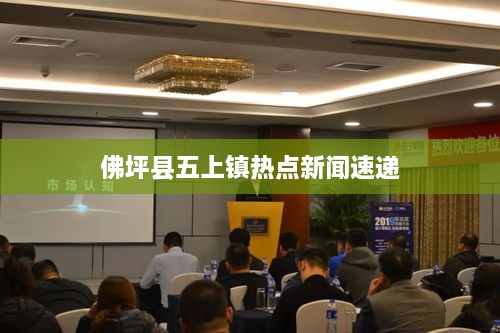Introduction to Implementation and Execution
Effective implementation and execution are crucial for any organization or project to succeed. It's the process by which plans and strategies are translated into action, ensuring that goals are achieved. In the context of business, education, or even personal development, the ability to implement and execute ideas is what separates success from mediocrity. This article delves into the concept of "落实贯彻" (Li Là Hè Yùn) in English, exploring its significance and practical strategies for achieving successful outcomes.
Understanding the Concept of Implementation and Execution
The term "落实贯彻" in English can be translated as "implementation and execution." It refers to the practical steps taken to ensure that plans and strategies are brought to life. In business, this often involves executing a project plan, implementing new policies, or adopting new technologies. In education, it could mean the application of teaching methods and the adoption of learning strategies. Here are some key aspects of understanding implementation and execution:
Planning: Before any implementation can take place, a well-thought-out plan is essential. This includes setting clear objectives, defining the scope of the project, and establishing a timeline.
Resource Allocation: Identifying the necessary resources, whether they are financial, human, or technological, is critical for successful execution.
Risk Management: Anticipating and mitigating potential risks is a crucial part of the implementation process.
Communication: Effective communication ensures that all stakeholders are aligned and aware of the goals and progress of the implementation.
Practical Strategies for Implementation and Execution
Implementing and executing plans effectively requires a systematic approach. Here are some practical strategies that can be employed:
Set Clear Goals: Define specific, measurable, achievable, relevant, and time-bound (SMART) goals to provide a clear direction for implementation.
Develop a Detailed Plan: Break down the implementation process into smaller, manageable tasks with clear milestones.
Assign Responsibilities: Clearly define roles and responsibilities to ensure accountability and avoid duplication of efforts.
Monitor Progress: Regularly track progress against the plan and adjust as needed. Use metrics and KPIs (Key Performance Indicators) to measure success.
Encourage Feedback: Establish mechanisms for collecting feedback from team members and stakeholders to identify areas for improvement.
Utilize Technology: Leverage technology tools and platforms to streamline the implementation process and improve efficiency.
Provide Training and Support: Ensure that team members have the necessary skills and resources to carry out their responsibilities effectively.
Overcoming Challenges in Implementation and Execution
While implementing and executing plans is a necessary step toward success, it's not without its challenges. Here are some common challenges and how to overcome them:
Resource Constraints: Limited resources can hinder the implementation process. To overcome this, focus on prioritizing tasks based on their importance and urgency, and seek external funding or support if necessary.
Resistance to Change: People may resist changes, especially when they feel it will disrupt their workflow. To address this, communicate the benefits of the change clearly, involve stakeholders in the planning process, and provide training and support.
Unforeseen Circumstances: Unexpected events can derail implementation plans. Develop a contingency plan to address potential risks and be flexible in adapting to changing circumstances.
Lack of Accountability: Without accountability, implementation can lack direction. Establish clear performance indicators and hold individuals accountable for their roles.
The Importance of Follow-Through
Follow-through is often overlooked but is equally important to the success of any implementation. It involves ensuring that the implementation process continues even after the initial phase. Here's why follow-through matters:
Maintaining Momentum: Continuing with the implementation process keeps the project moving forward and prevents it from stalling.
Monitoring Outcomes
转载请注明来自深圳市艾瑞比智能有限公司,本文标题:《落实贯彻英文,贯彻落实啥意思 》











 蜀ICP备2022005971号-1
蜀ICP备2022005971号-1
还没有评论,来说两句吧...